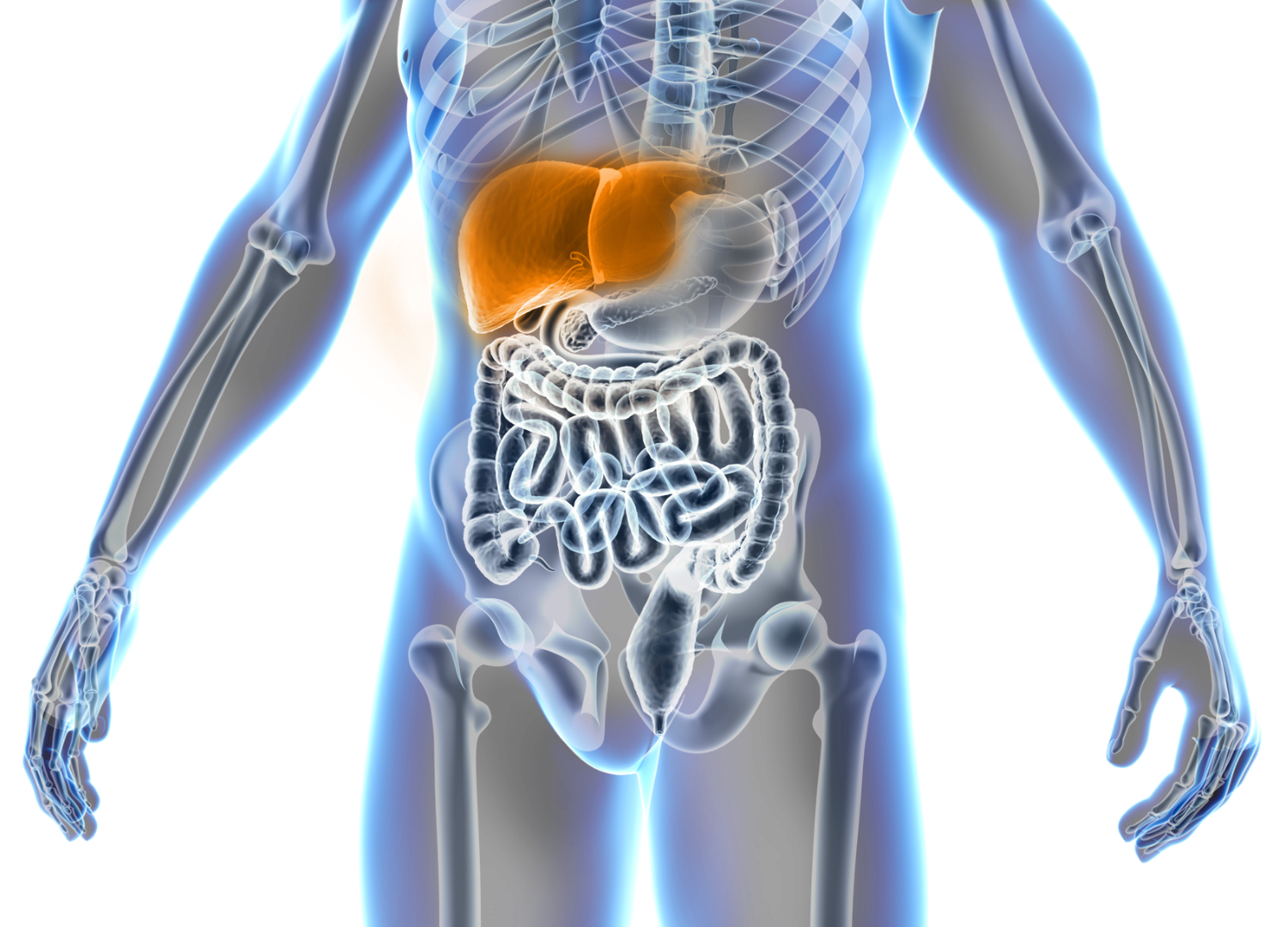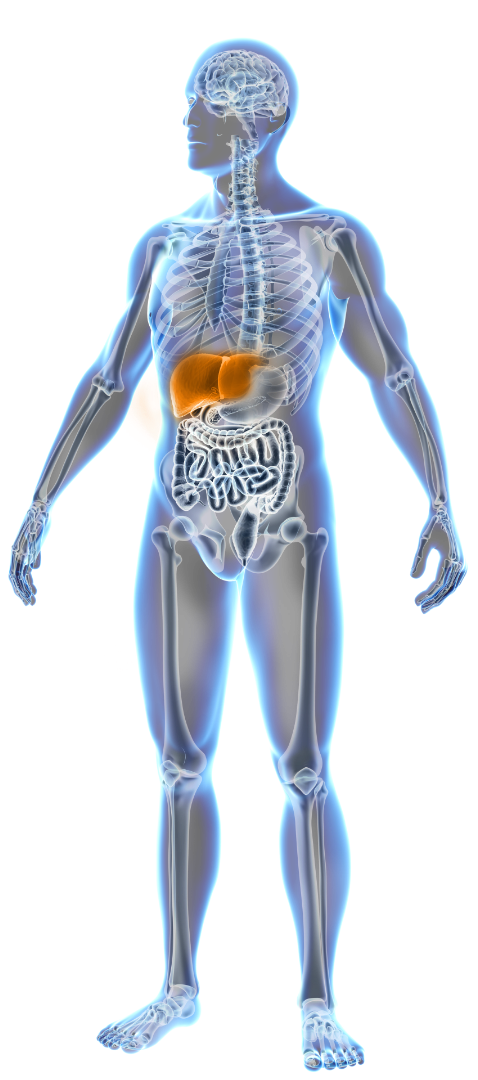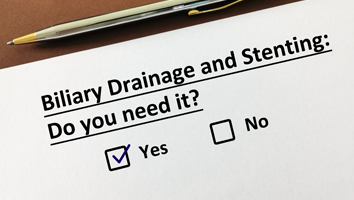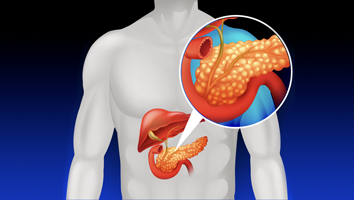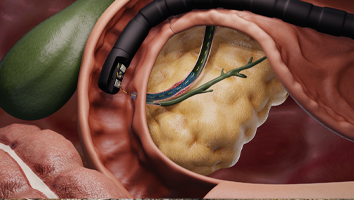Liver Care
Your liver is a vital organ that performs numerous critical functions in your body, including filtering toxins and aiding in digestion. To maintain liver health, it's crucial to adopt a lifestyle that includes a balanced diet, regular exercise, and moderation in alcohol consumption. In cases of biliary obstructions, treatments may range from minimally invasive procedures to surgical interventions, depending on the severity of the condition. Modern medical advancements continue to offer innovative solutions to address liver concerns and promote overall well-being.
